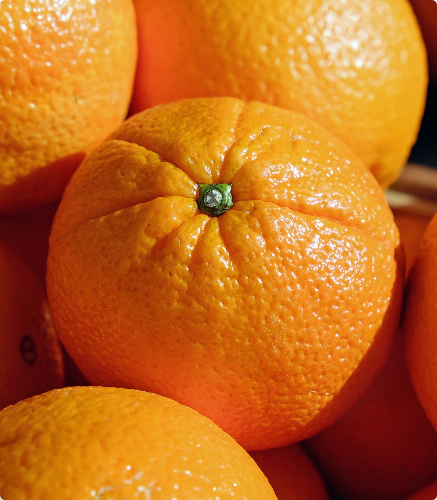Citrus growers producing for the fresh market should always ensure their fruit’s peel remains unblemished and without defect. This will protect the fruit against infection and consumers choosing not to purchase the fruit.

Mark Ritenour, professor of postharvest technology at the University of Florida Institute of Food and Agricultural Sciences, spoke during the recent Cold-Hardy Citrus Field Day at the North Florida Research and Education Center in Quincy. He emphasized the importance of growers protecting the outer layer of their citrus at all costs.
“The peel is the primary layer of defense on that fruit, defending against pathogens, things trying to get in,” said Ritenour. “It also helps to maintain the moisture trying to go out.”
He added that there are many things that can upset the peel, including physical injuries and physiological problems. “As long as we’re harvesting good quality fruit, if we can maintain that peel integrity, the health of that peel, then we’re going to have much better shelf life, consumer acceptance and internal quality, too,” Ritenour said.
Growers can damage the fruit’s outer layer by applying too much fertilizer. Ritenour cautioned against that practice, especially in weeks leading up to fall harvests.
“When we continue to throw nitrogen at it, we’re going to promote vigorous growth,” Ritenour explained. “The fruit tends to be more tender, and we also tend to get more inhibited color change. It wants to keep going. But we want it to switch over from that growth, the vegetative growth and development, and start going into dormancy.”
Peel protection is especially key for the fresh fruit market where consumers purchase the citrus in stores, fruit stands or farmers markets.
“Consumers buy with their eye appeal,” Ritenour said. “We know that the cosmetics do not necessarily tell what the internals look like. We just have to think how we’re marketing it and how it’s going to affect what type of product we’re going to be providing.”









